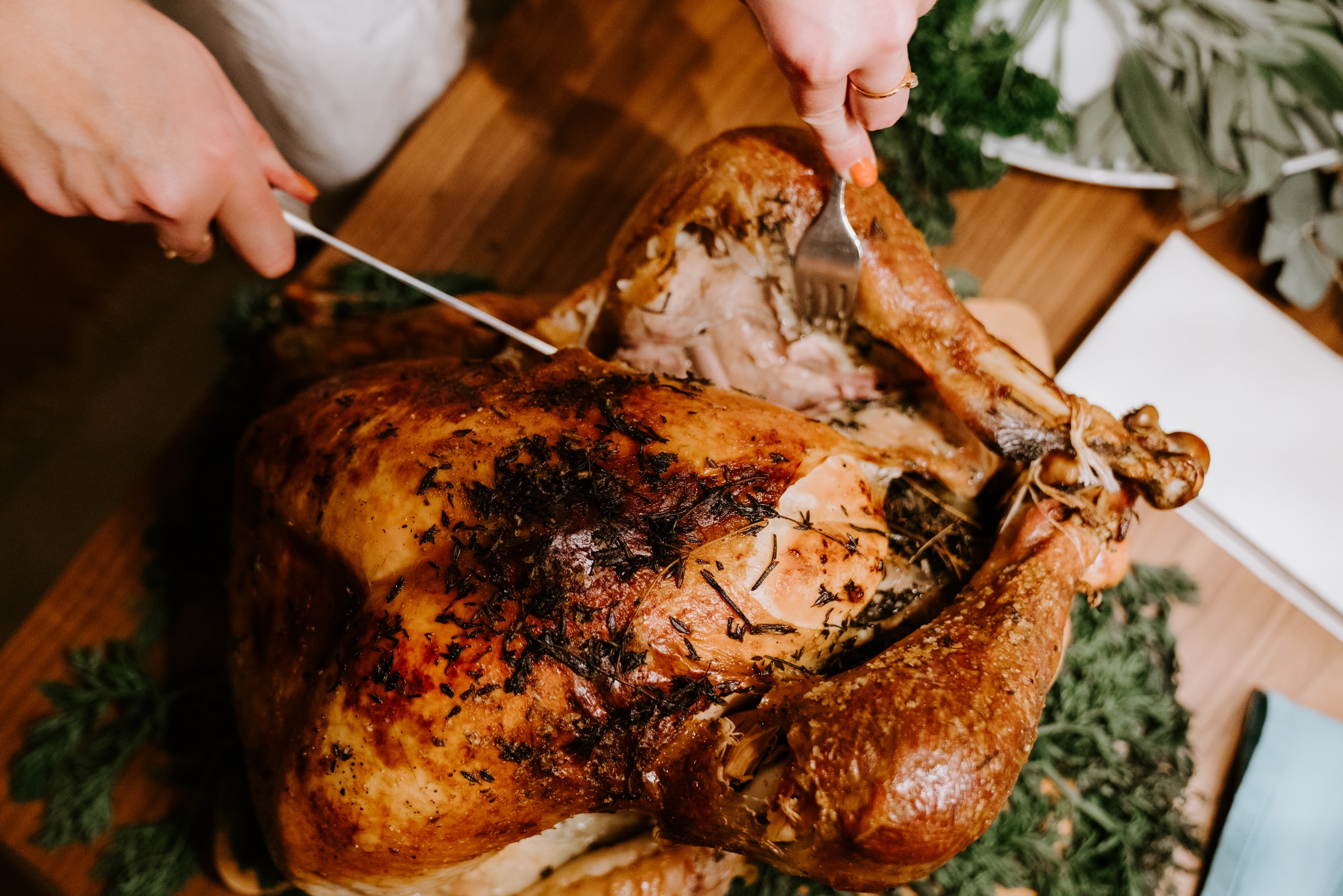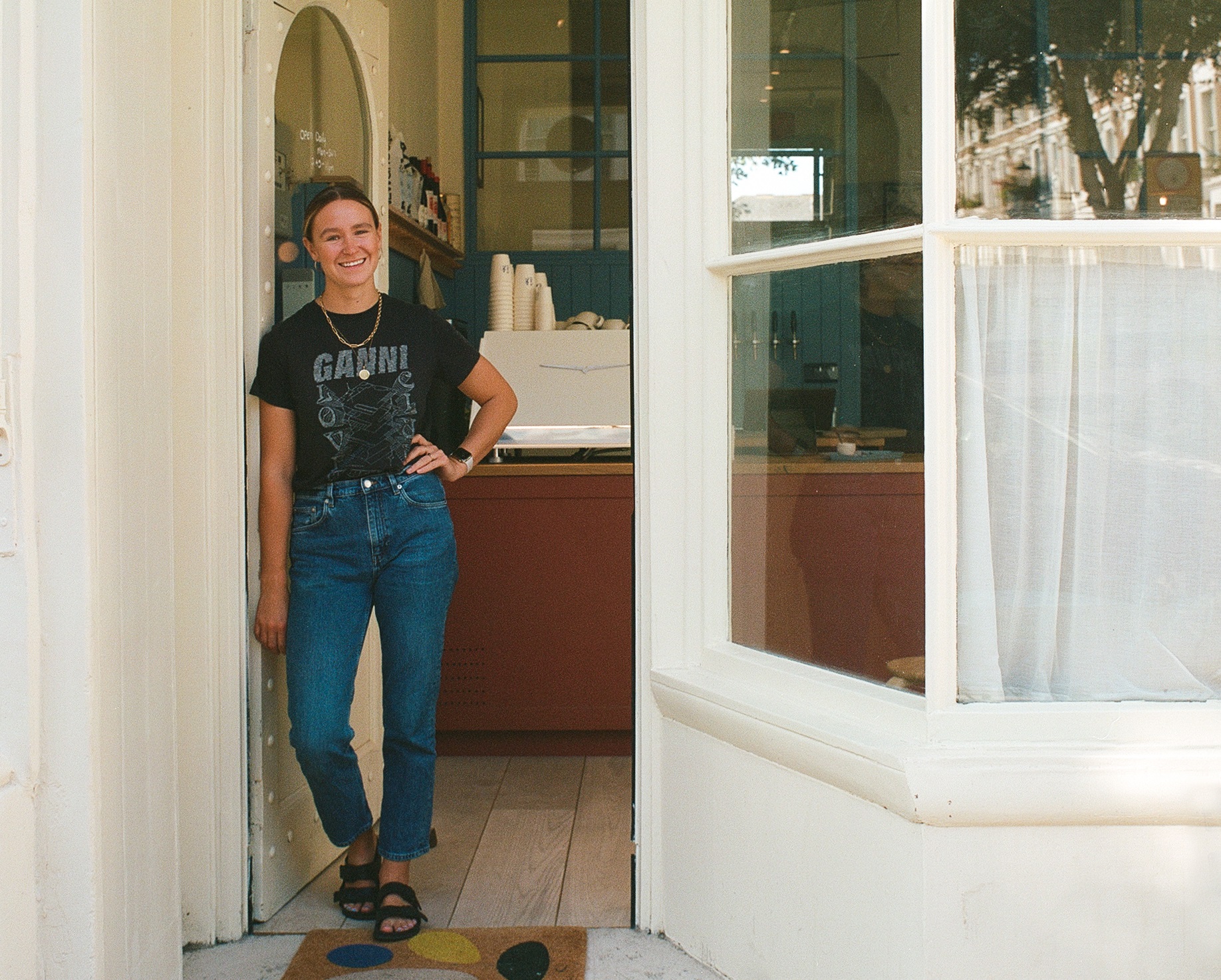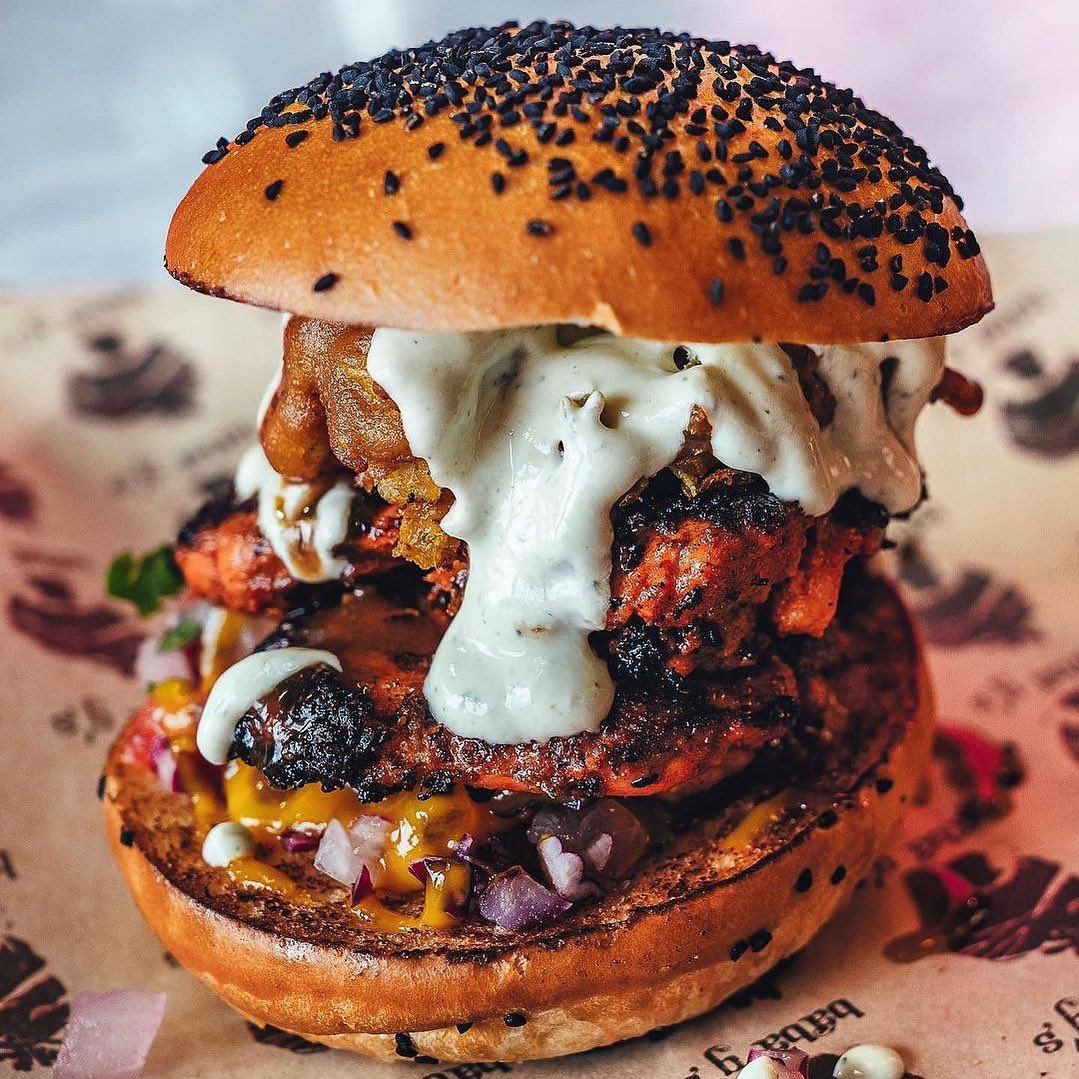Ah, the humble turkey. Though admittedly not the most glamorous of poultries, there comes a day each year when turkeys are at the centre of much celebration. The fourth Thursday of November, known as Thanksgiving, honours the turkey as the American holiday’s true MVP.
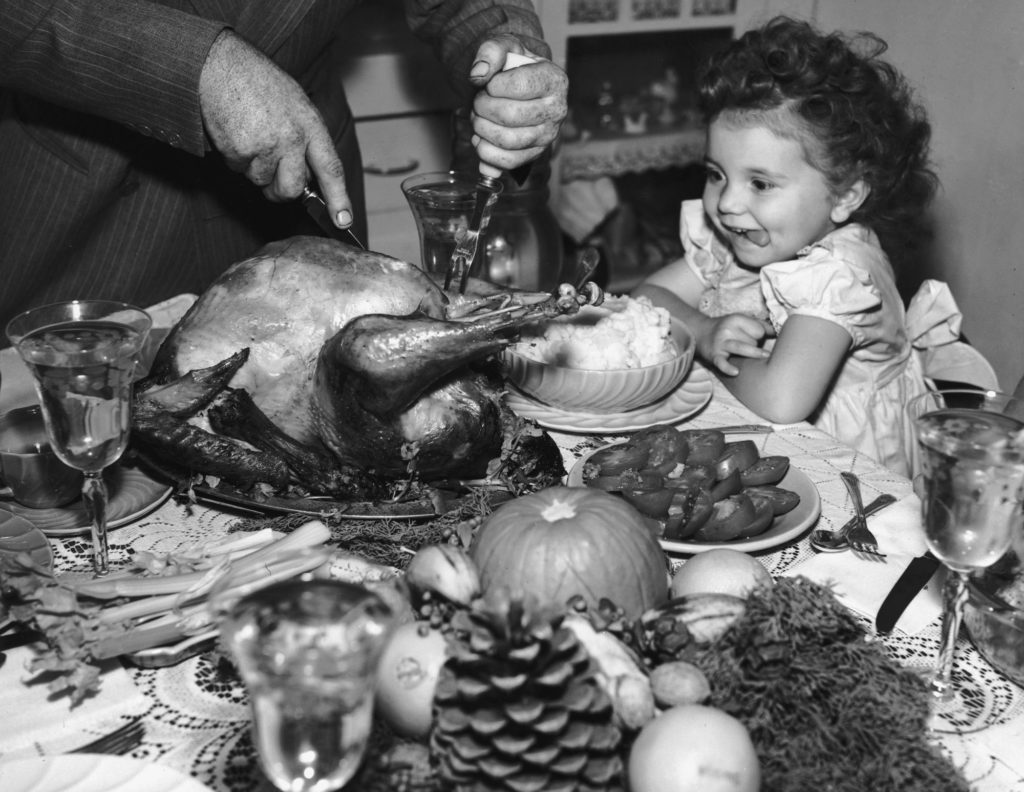
The turkey’s star status becomes clear when, shortly before the holidays, one lucky bird is granted a Presidential pardon and is then sent away to live out its days in comfort and luxury. And that’s not to mention the astonishing 46 million turkeys eaten State-side on Thanksgiving each year. So, how exactly did the turkey become such a symbol for the holiday?
The origins of the holiday, the so-called ‘First Thanksgiving’, is much-mythologised. In 1620, the Mayflower transported 102 passengers, the majority of whom were Puritan dissenters known as Separatists, or Pilgrims, from Plymouth to the New World. This year therefore marks the 400th anniversary of the 66-day journey that landed the Pilgrims in Massachusetts, where they would set up a colony on Wampanoag land. Some time later and following the colonists’ first harvest, Pilgrims and Native Americans are said to have shared together in an extravagant, three-day-long feast.

However, there is no evidence that the Pilgrims considered this first Thanksgiving to be a particular milestone. No 17th-century reference to it exists aside from a written account by Governor William Bradford and a letter written by colonist Edward Winslow to someone back home; after all, giving thanks for the autumn harvest was a common practice for the Pilgrims long before their arrival in New England, with roots in European festivals and Christian observances.
Thanksgiving was only made a national holiday in the United States in 1863, a full 242 years later. Writer and women’s magazine editor Sarah Josepha Hale spent decades campaigning for Thanksgiving to be established as a national holiday, only succeeding when she convinced President Abraham Lincoln that such a day would help unify a country gripped by Civil War. The holiday was set in stone in 1942 when, after a joint resolution of Congress, President Franklin D. Roosevelt issued a proclamation designating the fourth Thursday in November (which is not always the last Thursday, as Lincoln had designated it) as Thanksgiving Day.
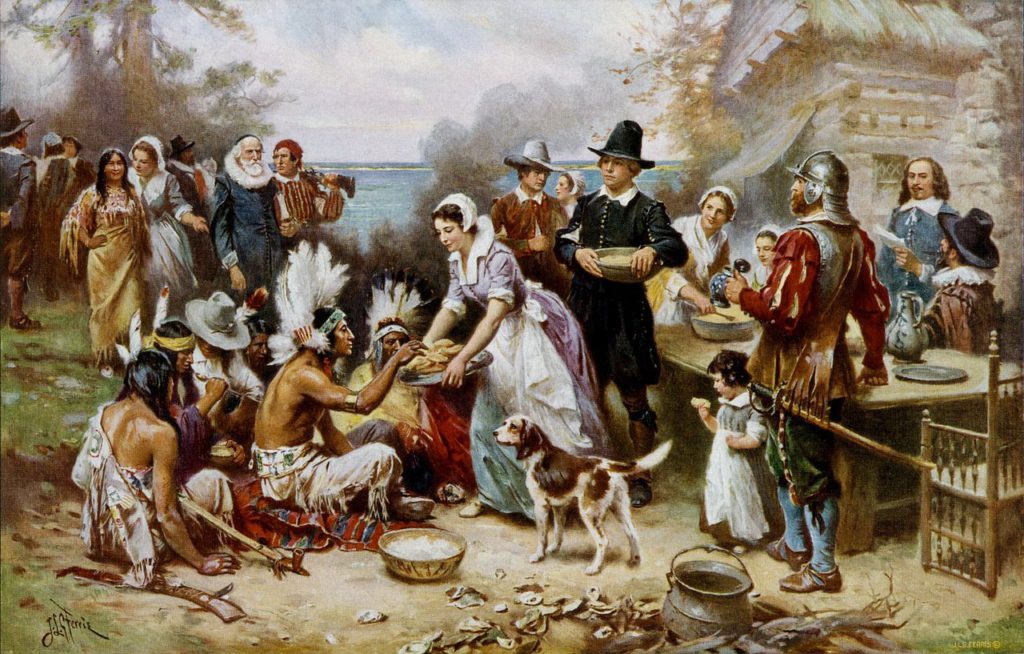
Where does the turkey come into this? There’s little evidence that the first Thanksgiving feast had placed specific importance on turkeys, with accounts referring to large quantities fowl, waterfowl, deer, and yes, wild turkeys being the meats of choice. Yet Kathleen Wall, a foodways culinarian at Plimoth Plantation, suspects that goose or duck were preferred over wild turkeys, and that other fowl like swan and passenger pigeons would also have been available. The turkey therefore had a long way to go before it could become the Thanksgiving centrepiece it is today.
Some have credited Charles Dicken’s 1843 classic A Christmas Carol with bolstering the association of turkey with a holiday feast. Likely more influential was Hale’s 1827 novel Northwood, A Tale of New England in which she dedicates an entire chapter describing a typical Thanksgiving, writing:
“The roasted turkey took precedence on this occasion, being placed at the head of the table; and well did it become its lordly station, sending forth the rich odour of its savory [sic] stuffing, and finely covered with the frost of baking.”
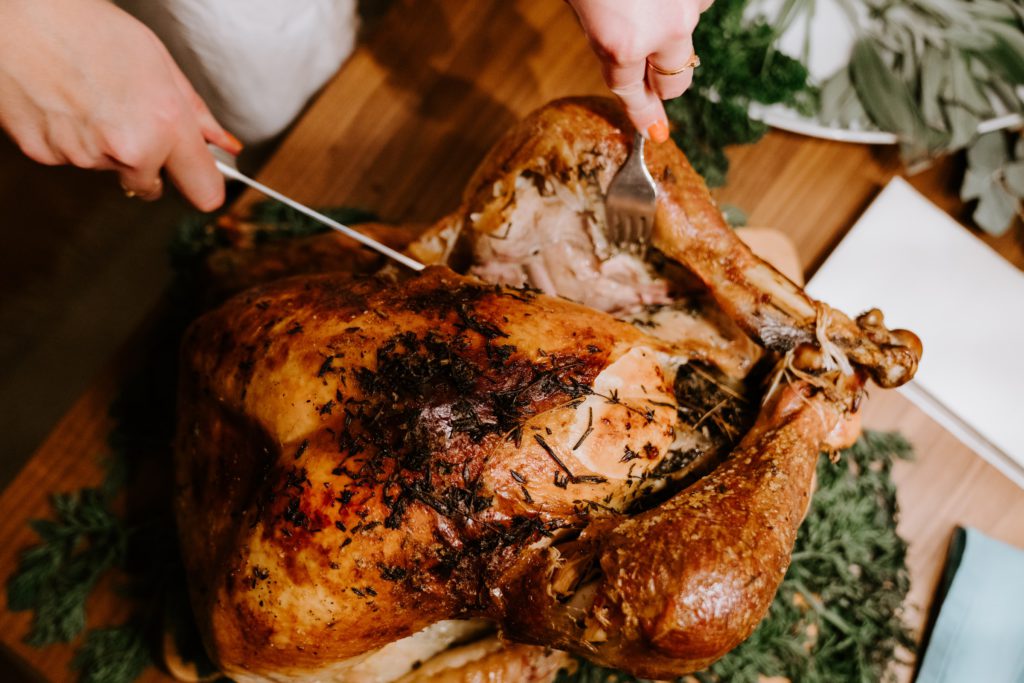
Her accounts of the celebrations would become the model adopted by much of the country in the later 19th century, as large numbers of women turned to Hale’s magazine writings as how-to guides to creating the perfect Thanksgiving dinner. Other cultural historians credit the turkey’s significance to its existing contemporary role in English feasts, and to the fact that the bird’s size makes it suitable for large affairs. Some also point to Benjamin Franklin’s favour of the turkey, a bird he stated was “much more respectable” than the Bald Eagle, as a reason why it became the bird of choice for such a patriotic holiday. Franklin went so far as to write, in a letter to his daughter in 1784, that,
“though a little vain & silly tis true… [the turkey is] a bird of courage, and would not hesitate to attack a grenadier of the British Guards who should presume to invade his farmyard with a red coat on.”
Now, doesn’t that sound like the rightful mascot for a very American holiday?
You can search Hawkker for American restaurants near you for all your Thanksgiving needs!
